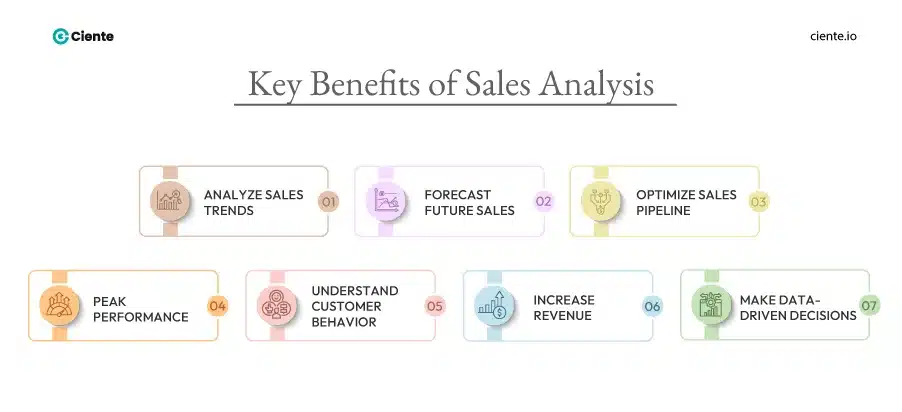Process Improvement Methodologies to Amplify Productivity
Adhering to the same process structure may lead to stagnancy. Here’s a list of process improvement methodologies that will help you get out of the rut.
The B2B landscape is ever-evolving, and let’s be frank, the competition is tight. Process improvement methodologies will give you the cutting edge you need— optimizing a business for outcomes. With emerging tech, marketers need to be flexible and adapt to the fast pace as required. You’ll be able to outshine your competitors by evaluating the processes and structure you already have in place.
Analyzing the current methods with a lens will provide clarity on the scope of streamlining workflows, or a specific tech to align with your changing business needs. You may call process improvement by different names: business process management (BPM), business re-engineering, or continual improvement process (CIP). But no matter how you address it, the end goal remains the same— increasing performance efficiency and minimizing errors.
Let’s dive into the types of process improvement methods that will promote your business growth.
Top 6 Process Improvement Methodologies
The B2B market offers several options to reduce inefficiencies and enhance customer satisfaction. We have compiled a list of the seven best process improvement methodologies for you to select.

Six Sigma
This methodology is designed to keep variations at bay. Six Sigma allows you to understand the efficiency of your brand’s processes and operations. The key objective here is to optimize them for consistency, enhancing customer satisfaction. You can accomplish this with DMAIC- define, measure, analyze, improve, and control and DMADV- define, measure, analyze, design, and verify. After gathering the necessary data, your brand can implement this approach to create a baseline sigma that illustrates when you will achieve the six sigma stage.
TQM
Total quality management is highly customer-centric, promoting continuous improvement. It’s a good idea to apply this process improvement methodology in supply chain management and customer satisfaction projects. While incorporating this, know that it is dependent on data-driven decisions and performance metrics to help understand the initiatives required to improve a process. If you can foster customer satisfaction, it will seamlessly optimize your interactions and deliver the best experience to them. It works well because when you apply a new method, you realize its effectiveness by measuring customer satisfaction.
Kaizen
Incorporating kaizen allows you to implement continuous improvement with a strong emphasis on agile practices. This process improvement methodology is all about leveling-up the quality, productivity, and performance efficiency by making small changes in your daily routine. Alternatively, you can create a work culture that doesn’t punish for mistakes but instead embraces them and works towards preventing them from happening altogether. Your brand can benefit by applying this to optimize activities that add value and eliminate those that do not.
Business Process Management (BPM)
BPM is utilized by brands like yours to achieve targets, serve customers, and generate business value. It analyses and enhances your business processes, employing a structured approach. Your team probably utilized processes that worked when it was small, but as you grow, these may not be enough to support efficient performance. BPM is a robust process improvement methodology that helps you identify bottlenecks, automates manual work, and delivers strategies to overcome the gaps. If your brand grows into becoming too large to be managed without automated tools, BPM products will help you scale up. With advances in AI, these tools have also evolved, providing you with new ways to design, measure, and automate workflow processes. As brands adopt digitization, BPM can be your go-to for optimizing customer engagement.
Plan Do Check Act (PDCA)
The PDCA process improvement methodology can be utilized to amp up your brand’s performance efficiency throughout each of the steps involved. It allows you to recognize the pain point, develop and implement an ideal solution, assess data for effectiveness, and implement the plan if it holds potential. This interactive form of problem-solving is beneficial for making processes more structured and implementing change.
Kanban
It’s a process workflow visualization that focuses on bringing business units, leadership, and employees on the same page for improvement. Kanban stems from another Japanese word that translates to visual card. It is a good pick for enhancing your daily workflows as team members are prompted to take immediate action and ensure that all your projects are on track. Kanban offers you complete visibility into all aspects of a project, simplifying it to track progress in real time.
Final thoughts
Your brand’s peak performance hinges on a couple of processes and operations. Though no process is perfect, having an always-learning mindset will support growth. Each process improvement method strives toward a common goal— enhancing overall performance efficiency. However, every approach is the best fit for a different need. You will realize that some of these frameworks focus on lean process improvement, whereas others align the work culture to improve overall productivity. Integrate these frameworks to visually map out your process workflows. These process improvement methodologies can be a solid starting point for continuously evolving your brand’s performance. You’ll need to incorporate the best approach to stand out in the fast-paced B2B world.













